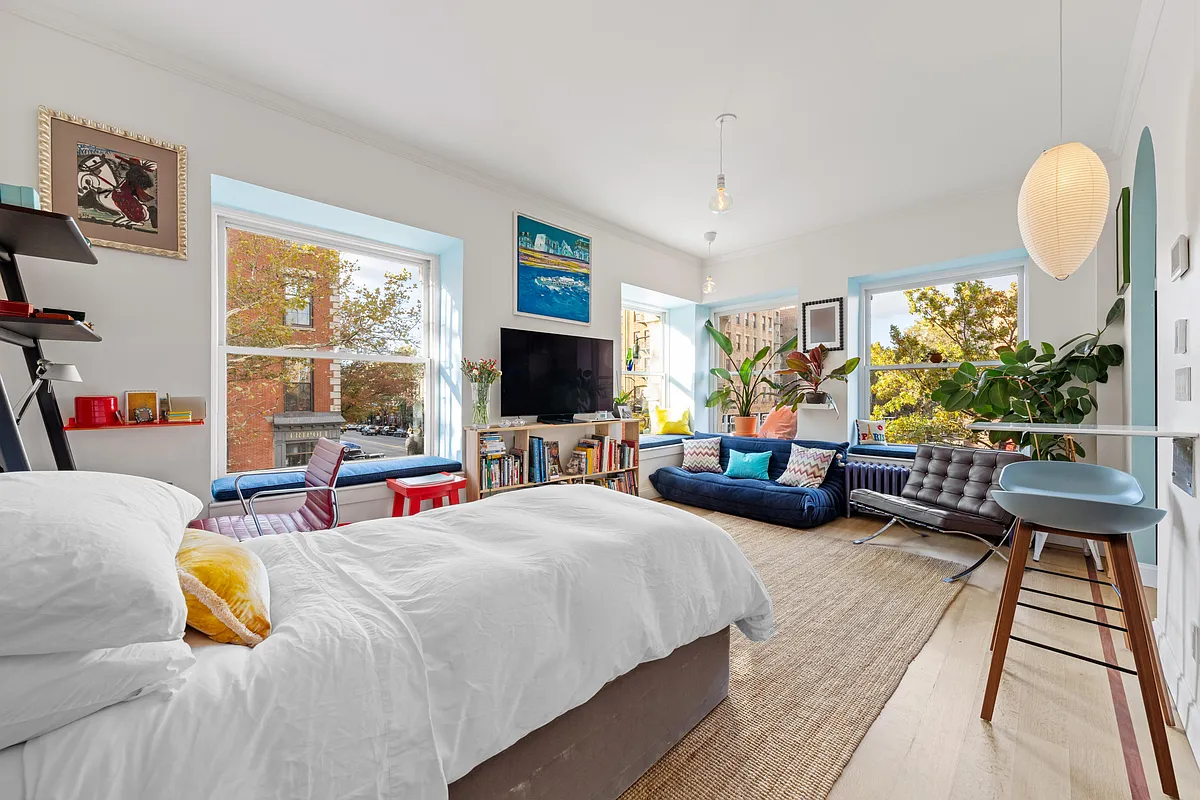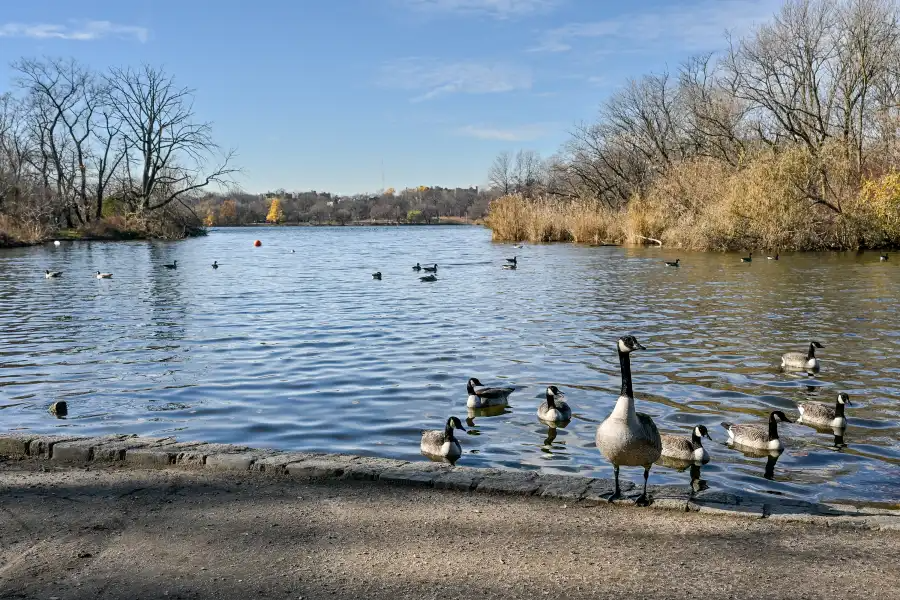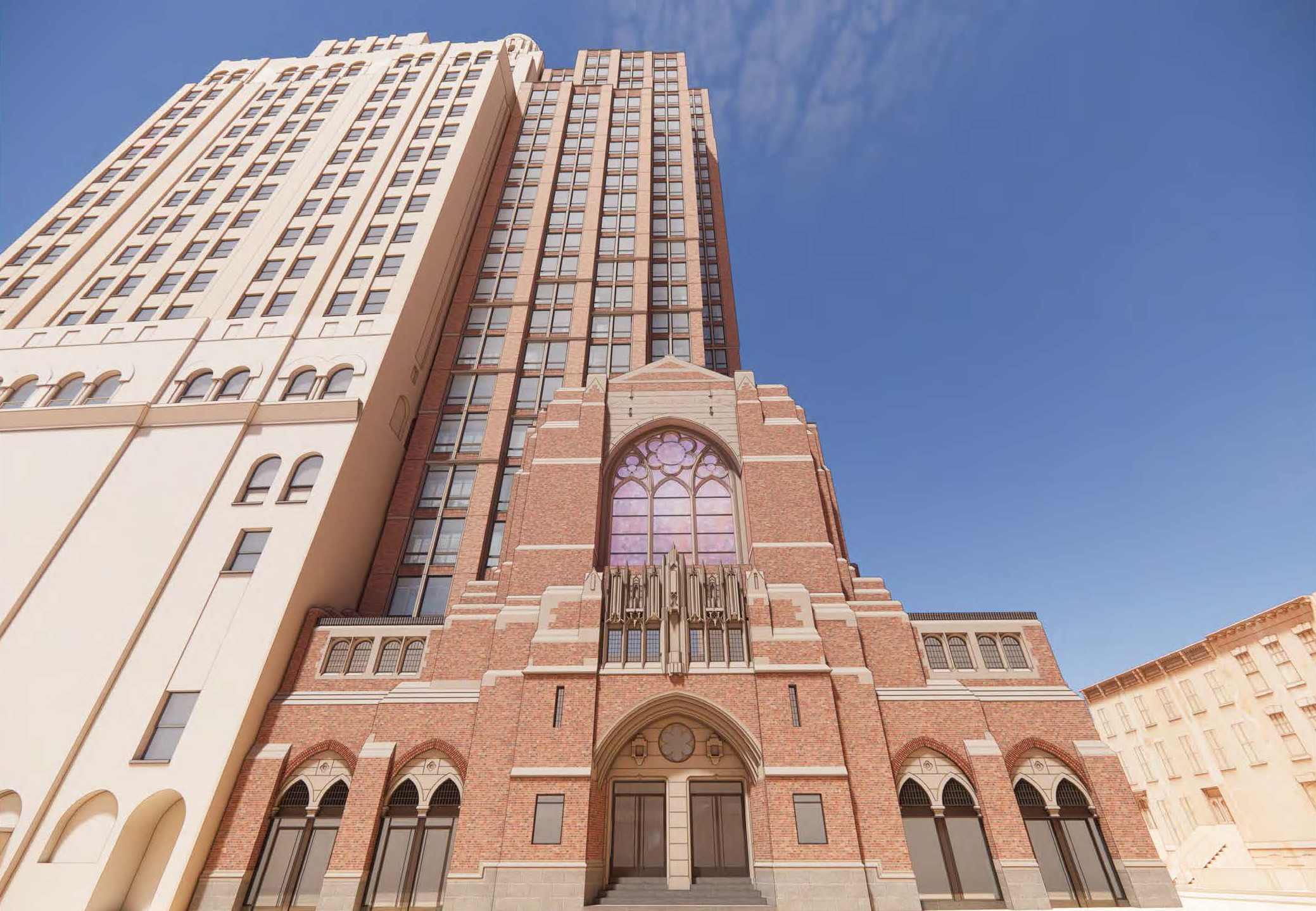Living in a Cobble Hill Townhouse/Time Capsule
Talk about old-school. According to the cover story in this weekend’s City section, the house at 312 Clinton Street in Cobble Hill has been in the same family for five generations, and it’s filled with mementos (“collections of bottled fainting remedies, thigh-high men’s socks, and mint-green sales slips for coal”) and obsolete appliances, like an…


Talk about old-school. According to the cover story in this weekend’s City section, the house at 312 Clinton Street in Cobble Hill has been in the same family for five generations, and it’s filled with mementos (“collections of bottled fainting remedies, thigh-high men’s socks, and mint-green sales slips for coal”) and obsolete appliances, like an Easy brand washing machine built around 1940. The house was purchased in 1866 by the great-great-great-grandmother of its current resident, Nora Geraghty. Geraghty says the house’s collection of antiques and lack of some modern amenities have occasionally made her feel like she couldn’t “live a modern, normal life,” but that the way it connects her to her family’s past ultimately justifies the clutter and lack of some mod cons. The way I feel about my great-great-grandmother, says Geraghty, my great-great-grandchildren will feel about me, unless New York is gone by the time they’re born. Because in a thousand years, this place will never be sold. Are there readers who have been living in the same house as their ancestors and can relate to Geraghty’s reluctance to change her property?
The Ghosts of Clinton Street [NY Times]
Photo of 312 Clinton by Kate Leonova for Property Shark.





come see my house, my kids are 6th generation in this property since 1900? who gives a rats ass
nice old welsh cottage built over the top of a earlier long cottage, original fireplaces and ranges throughout
nice
We need someone from Franz Josef Land to resusciate it. One of the unpretentious ones.
It was that pretentious Argentinian that killed the thread.
Well it wasn’t, 6:24, until you contributed. Now it’s etched in frickin’ GRANITE.
This is the worst and most obnoxiously inept degeneration of a thread ever.
Has anyone placed a house like this in an estate trust? How expensive is it to do that? Do you have to pay transfer tax when you pass it to a trust? I’m guessing you do, that’s a bundle right there.
“Well everyone has divined that I’m from Europe apparently… Must be some complex. There are other continents/countries in the world.”
I’m 12:52. I figured you might not be from Europe, unlike most of the one-note types who post (wine, cry, complain, bait) here. You sound intelligent enough to know that popular culture only addresses select aspects of any society. Stay in America ling enough, meet some poeple, and you lamy learn that the American society is more richly diverse than you believe.
Oh – and you won’t find real diversity on BROWNSTONER, that’s for sure.
Brownstoner:
I got a kick out of this article.
Those of your readers who are new to the city may not realize that New Yorkers don’t move as frequently as outsiders think, and that there are many of us who live in the houses and apartments where our parents and grand parents once did, or at least nearby. Members of my family have lived in Park Slope across four generations (making us original “brownstoners”); good friends in Brooklyn Heights and Gramercy Park live in the same places where they grew up, raising their own families. And it may not be widely known, but apartment buildings can have ghosts. (The closets in my co-op occasionally rattle with the spirits of dead relations — I’m convinced!)
There’s something nice about the continuity of parsing through generations’ of family possessions and mixing them with one’s own in the “city that’s never finished.” For those of us whose families have lived here long enough, New York is different but not that different from the way it was 100 and more years ago. And in our family’s voices, it’s still possible to hear the accents and intonations of the grand parents and great parents we knew and loved and who connect us with the mid-19th Century.
Nostalgic on Park Avenue
My grandparents lived on the land that their grandparents literally slaved on. After “Freedom” our ancestors managed to purchase the land parcel by parcel from their previous slave owners who were destitute after the War. The Civil War era house on the property was rebuilt in the 1880’s and that is the house sits vacant on the property now. My sister and I were sent South every summer and managed to explore avery acre of that land but we can not see living there. We do not feel that we owe it to our ancestors who lived, toiled and died on that land to live there. We have honored their memory by becoming the educated, socially and financially responsible adults that we are. We pass that on to our kids and to the numerous kids in our community who we have fostered or sponsored in one way or another. A major portion of the land will be sold. The house will be used as a museum for that county’s African American History. We are at peace with that.